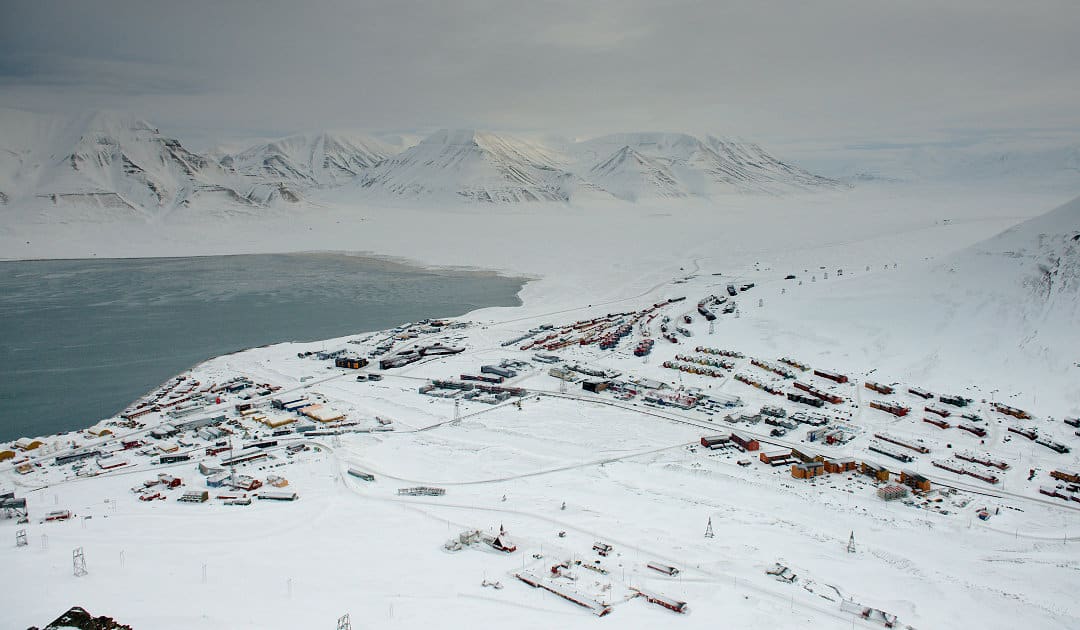
Norway is considered an expensive but very popular place to study in many countries. For years, the number of students at universities in the Nordic country has been growing. But apart from the question of what you want to study, it also plays an important role where you want to study. The information portal “studentum.no” has presented a ranking to find out which place in Norway is the most popular university location among students and has received a surprising result.
Not Oslo, Bergen or Tromsø are the most popular university places, but Longyearbyen on Svalbard took the title this year. “Svalbard is probably not a student town for everyone, because only Arctic education is offered here. But those who are interested in environmental and Arctic studies, for example, geology, biology or geophysics, this is the right place,” as reported by the information portal for education “Studentum.no”, which had conducted the research. Thus, once again, a small town prevails over the larger cities in Norway. Last year, the small town of Bø in Telemark had won in the survey, the portal writes further. Studentum.no itself is a search and information platform for higher education in Norway and is part of the Educations Media Group, which states to be the market leader in education marketing in Northern Europe.



Longyearbyen beat out 47 other Norwegian locations in this year’s assessment. This includes the cities of Oslo, Kristiansand, Trondheim or Tromsø, which are often counted as the most popular places. In the ranking of the portal followed Longyearbyen accordingly also Trondheim and Bergen. Oslo and Tromsø lie according to data of the portal on the places 6 and 5. The portal evaluated in its survey not only education-relevant aspects such as professional and study surrounding field, training further possibilities or career possibilities, but also social factors such as health care, accommodation possibilities and prices, quality of life, possibilities for side jobs and the all-side popular offers of the culture and night life. All the points had been obtained by studentum.no in an earlier survey of students about which aspects they thought were important in choosing a place to study and which factor should be weighted how. The data for individual factors was then collected from previous surveys conducted by the portal and from data from Statistics Norway and other authorities. From this, the portal calculated a certain value for each location, calculated an average value from all parameteres and together with the weighting of the factor, this created the ranking list, which has now been published by the portal.

When asked why a small place like Svalbard in particular is so popular with students, the portal refers to the weighting of the individual parameters. This shows that students (past, present, and future) place particular value on the study environment, the professional quality of the university, and housing options, while other factors such as secondary income, further educational opportunities, or local transportation are in the middle. Interestingly, students also do not value points such as culture and nightlife as highly as one might think. At the very bottom is health care. If we look at the individual values of Longyearbyen, we see that the city is particularly far ahead in the important points. In terms of accommodation Longyearbyen is even in first place, in the factor study environment in second place. Only in the future opportunities such as further career opportunities is rather behind or even at the bottom (Further educational opportunities).

Another point is that the length of stay is limited and UNIS also does not offer opportunities to conduct studies here from beginning to end. Students attending the university from abroad are automatically enrolled at the University of Tromsø, while students from Norwegian universities remain enrolled at their own. Nevertheless, students at UNIS and in Longyearbyen obviously feel very comfortable, which is certainly also due to the unique environment of the northernmost university in the world
Dr Michael Wenger, PolarJournal
Link to the UNIS website
Link to data collection from studentum.no
More on the topic





